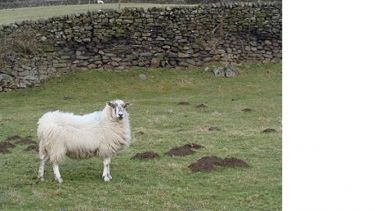Modelling catchment landscape potential to mitigate diffuse pollution from agriculture

Project background
This is a PhD project currently being undertaken by CatSci student Nataliya Tkachenko. The project started in 2009 and is planned to end in 2012. The Doe Lea catchment, a small watershed of about 80 square kilometres in Derbyshire, is being used to explore the following questions:
- How does the effectiveness of landscape mitigation features vary across the landscape?
- How is this variability affected by the seasonal and multi-annual weather fluctuations?
Diffuse water pollution from agriculture is currently a hot topic both for landscape managers and water policy makers. Our ability to tackle the sources of pollution, which are distributed across watersheds, is aggravated by the annual fluctuations in these sources due to changing crop type, farming management or weather conditions.
The current system of mitigation options, proposed as means to address pollution issues, is well designed at a conceptual level. However, it doesn’t take into account real world structures of watersheds. The model PAttERN is designed to demonstrate where mitigation features work, where they do not, and where changes in management are needed to enhance the mitigation capacity of those areas.
Additional details
Funding: This project is part of the Marie Curie Early Stage Training programme ‘CatSci’, funded by the European Commission.
Acknowledgements: The Catchment Science Centre team and ADAS for their valuable inputs and support during the initial development of the research ideas ; Professor David Lerner.
Publications
No publications to date, although there are some in preparation. Please check for updates.

